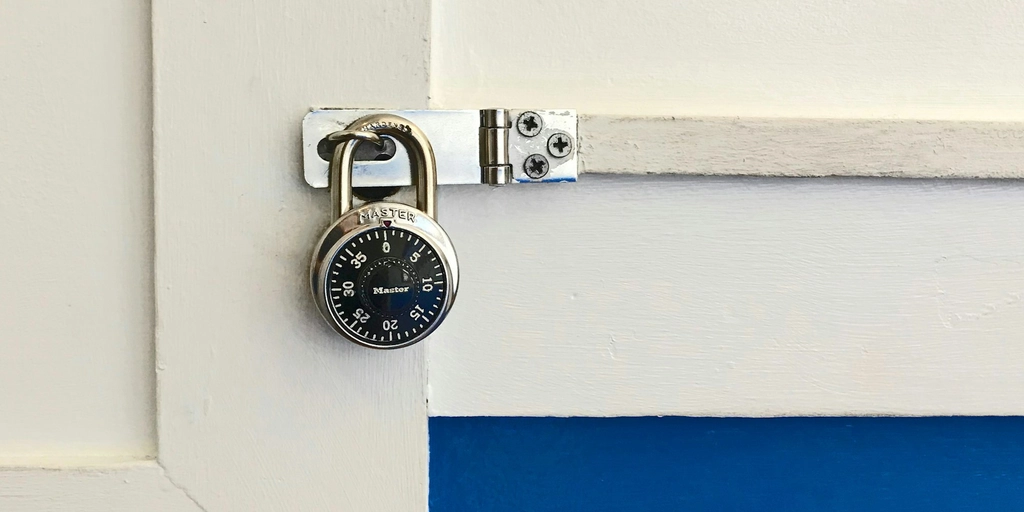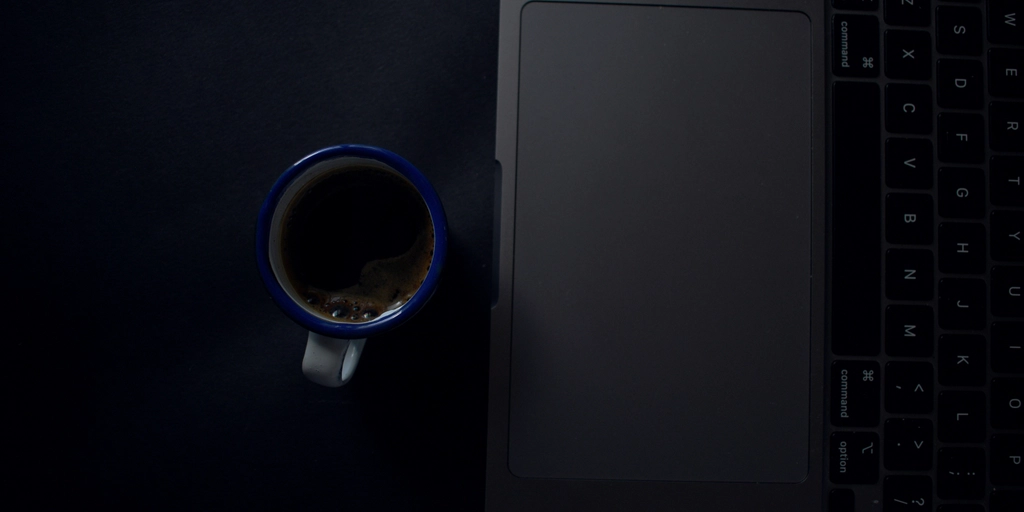
Hybrid-Cloud: The 4th Industrial Revolution
When I participated in the Microsoft Future Decoded event on 1st November 2016, each speaker pointed out that the Fourth Industrial Revolution has begun, and they feel very enthusiastic that it will allow their innovations to come to life.
It wasn’t just Microsoft; Dell and many other companies have been saying the same thing. Klaus Schwab (founder of the World Economic Forum) published a book in early 2016 called The Fourth Industrial Revolution, saying:
We stand on the brink of a technological revolution that will fundamentally alter the way we live, work, and relate to one another. In its scale, scope, and complexity, the transformation will be unlike anything humankind has experienced before.
Obviously very strong words, but valid nonetheless. If we put the progress of technology and the changes over the last decade into perspective, you can immediately agree. For example, Hybrid-Cloud is providing companies the necessary agility, speed, big data, and analysis at their fingertips. We are also seeing rapid progress in areas like the Internet of Things, 3D printing, drones, driver-less cars, and AI.
I asked myself the question, when did firms/people/suppliers/software vendors begin to respond positively, and – more remarkably – trust the cloud? RightScale’s largest survey on cloud computing trends says that :
Private cloud adoption increased from 63 percent to 77 percent, driving Hybrid-Cloud adoption up from 58 percent to 71 percent year-over-year in 2016
Perhaps a more important question is what has allowed this digital transformation to happen?
As I reflect on my own years in IT, I see that we always started with the attitude, “Cloud is just someone else’s computer”, but most of us started with hosted web services. With more and more applications being introduced into businesses, the server rooms started to fill up, electricity bills increased, energy footprints went up, and critical data loss was a real threat. ‘How can I trust someone else with our server/application?’ and ‘Will I have a strong enough internet line to cope with it?’ were “simple” obstacles preventing us from having the confidence to go ahead.
However, with the arrival of virtualisation platforms, slowly but surely IT departments managed to first migrate their hard metal servers one by one into virtual instances, making their back up systems easier simultaneously. Then we realised that our own “office” infrastructure can only cope to a certain extent, especially being based in central London, having any type of resilient power supply is an almost impossible job.
When gradually, SaaS products and other service offerings (like ourselves at Cryoserver) were becoming flexible enough to enable a Hybrid-Cloud approach, allowing clients to ease their transition to the cloud. The most important aspect of this was that they could keep replicated services/data within their own office as well. This helped them build enough trust and confidence to do a full transition to the cloud.
Being the CTO of Cryoserver, a carrier grade forensic and complaint Email Archiving solution, I realised quickly that such a transition is very crucial to all our clients. Legislation around data protection, data retention, Freedom of Information and business continuity will not go away, but rather become more stringent, making it certain that datacentres and server rooms will probably never disappear completely…at least until the government cloud transformation has completed and political trust in digital transformation gains.
Cryoserver is platform independent and offers the same secure, reliable end user experience across software, hardware appliance and cloud as a hybrid solution. We pride ourselves on our user-centric approach. Cryoserver is an email archiving solution that works transparently with your IT infrastructure, not a set of conditions that have to be met before it will work.
Read
More

POPIA and Email Data: How to Comply Affordably
If your business is based in South Africa, here’s what you need to know about the Protection of…

5 Common Misconceptions About Email Archiving
Email archiving can often be misunderstood. To some, it may seem like a good idea but they’re…

Email Archiving and Cyber Security
Email archiving and cyber security aren’t always considered linked by business owners. Most…

The Benefits of Archiving Emails
There were more than 281 billion consumer and business emails sent per day in 2018, and this figure…

Is Email Archiving the Key to IT Success?
IntroductionDid you know that the average office worker sends and receives over 120 emails per day?…
